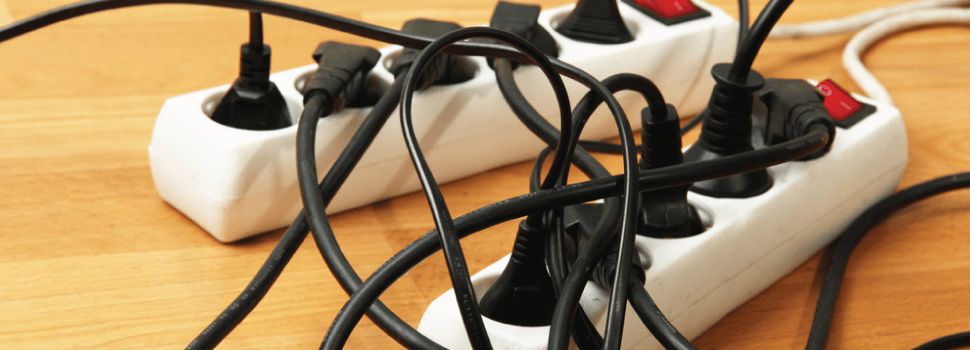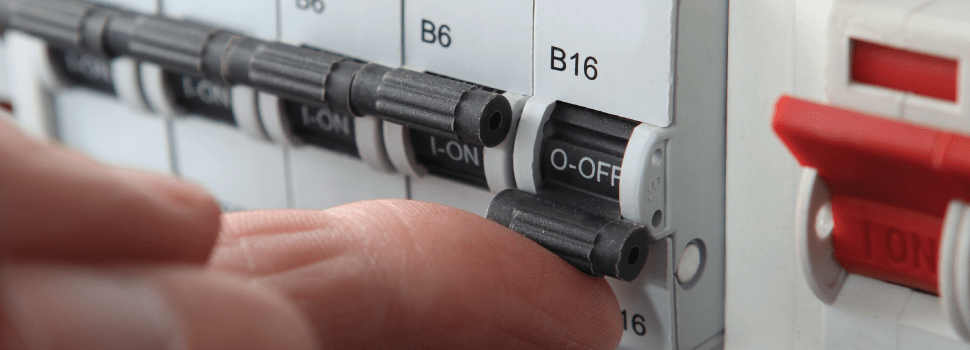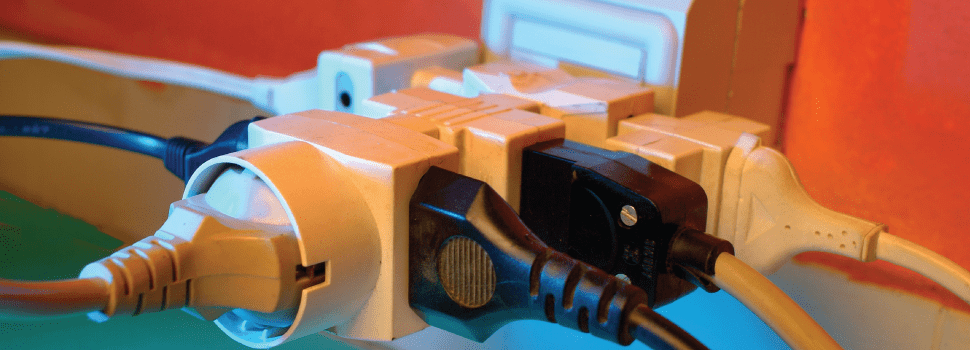
3 Simple Steps To Avoiding Electrical Overloads
An electrical overload is never a welcome development. At best, the resultant power cut is a nuisance, and at worst it can often end up costing you time and money – even potentially damaging your brand if you’re running a public event. The good news is that even if you’ve not got lots of experience with electrical power distribution equipment, there are some easy steps you can learn to avoid being caught out, saving you time, money and hassle both in the short and long term. So let’s get started, shall we?
1. Learn And Remember The Amperage Of Fuses And Circuit Breakers
Amongst the most basic reasons for an electrical overload is that the amount of electricity running to the circuit is simply too much for it to handle. Every circuit has its limits, specifically designed to make it as safe as possible. When it hits this limit, it’ll either trip out a breaker or blow out a fuse, keeping your system from either seriously damaging itself and/or posing a serious threat to human safety. As you’ll know if you’ve ever had a power outage at home, circuit breakers can simply be flipped back on, but a fuse will need to be replaced entirely.

For the most part, avoiding an overload is simply a matter of knowing the amperage of your breakers or fuses. They should only be loaded to 80% of their amperage rating, which means that a 20amp household breaker will trip out when it hits a 16amp load (when it’s drawing 16amps of power). If you’ve got a breaker that keeps tripping, that’s probably the rule you’re unwittingly breaking!
2. Make Sure You Know Which Circuits Correspond To Which Rooms
If you’re having trouble locating the source of constant power outages, it always helps to know which circuits correspond to what. This is less of a problem for small outdoor events – as the systems are generally easier to assess – but if you’re looking at power distribution in an established building (like a hotel), you’ll probably find it more relevant. You can often get hold of a circuit legend to help you do this. Once you know which circuits are overloading, turn off the relevant breakers, and unplug everything connected to that circuit. Next…
3. Add The Amperage Of Your Devices
We’re experts in the industry here at Rubber Box, and we think this is one of the best things about electrical power distribution – ultimately, it comes down to simple addition. You can check over most of your appliances and applications for stickers or manuals that tell you exactly what their amperage is. So when you’ve got the total amperage that your circuit can handle, remember that the total amperage of all your appliances shouldn’t add up to more than 80% of that first number. To reiterate the example above, a 20amp breaker shouldn’t have more than 16amps running through it. It’s worth saying that even if an appliance isn’t turned on, many (like screens) still draw some power on standby, albeit a smaller amount than if it were fully on. If you’re drawing too much power, consider what you can do without, or where you can add it to another circuit.
A Final Word Of Advice!
It’s worth saying that when you’re looking at appliances, sometimes you can apply a bit of Occam’s Razor to the situation. Basically, you can usually tell the more energy-intensive applications at a glance. A massive plasma screen or a huge set of speakers is naturally going to take up more energy than a small lamp, for example, so if your breaker keeps tripping or your fuses keep blowing, those will be the first ones to look at.

Here at Rubber Box, we make sure that we manufacture our power distros to save you as much of the hassle related to power outages as possible. For example, our power distribution boxes have in-built safety systems to protect you and your system from outages, should they occur – so even if the power goes out, there’s very little danger to your safety. You can read another of our blog posts to find out a bit more about the capabilities of our rubber boxes – or alternatively look at the power distro boxes we have available for a 16a supply.




